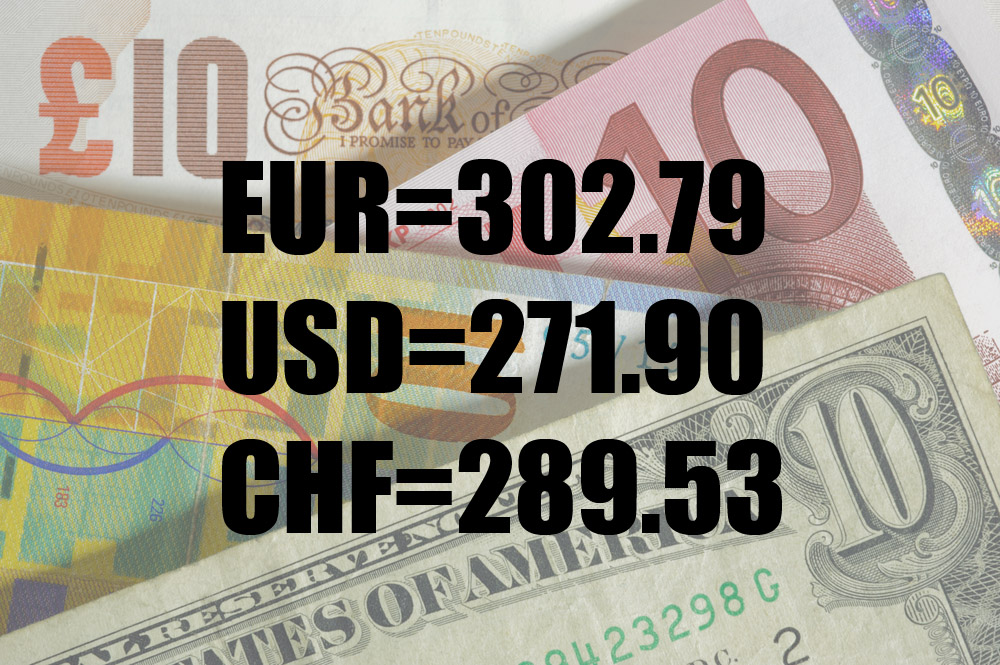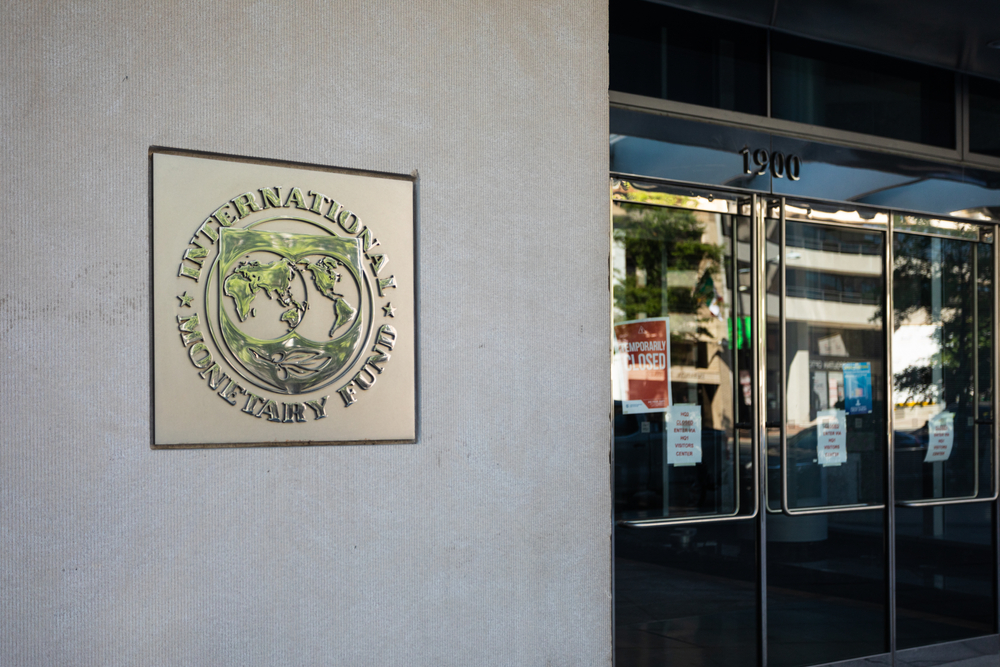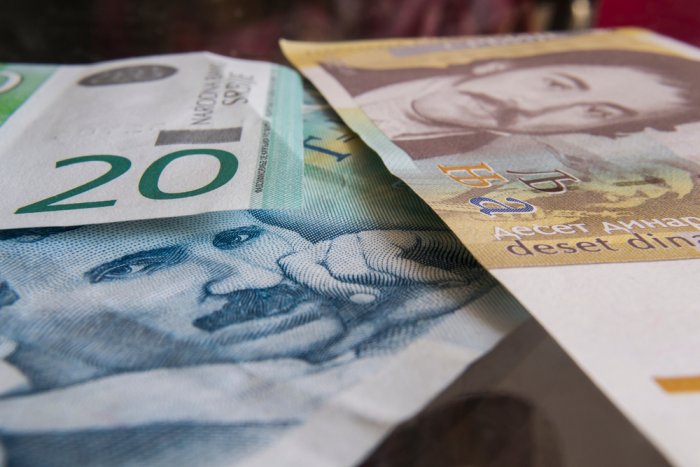Forint falls further versus the euro

The forint was trading at 302.79 to the euro late today on the interbank forex market, down from 300.93 late yesterday. At 300.98 to the euro early today, the forint moved between 300.86 and 303.20 after a third one-month low in three days at 304.40 Monday morning.
Central European government bond yields increased, tracking US Treasuries and losing some more risk premium compared to German bunds with stellar yield rises in the wake of fresh data showing annual inflation in Germany was over zero the second time in April, and ECB statistics that signaled the first, albeit a meagre 0.1%, annual growth of loans to the private sector in the euro area after a three-year continuous fall. While share market indices dove, this reminded investors that the ECBʼs QE was not a never-ending story.
Things were made just worse by first-quarter US GDP figures attesting to a slowdown beyond all expectations. The dollar fell and the euro strengthened -- leaving the forint behind -- as the data confirmed expectations that the Fed should signal some more patience in its statement due today evening. But the certainty that its rate hike will still come sometime this year remained intact, so the slowdown in the worldʼs largest economy gave rise to concerns.
Hungaryʼs 10-year benchmark bond yield rose 7bps, or 2.07%, from yesterdayʼs fixing to 3.45% on the secondary market, while the corresponding German bundʼs yield jumped 9.8bps, or 59.51%, to 0.26%, and the yield on the 10-year US Treasury climbed up 6.9bps, or 3.51%, to 2.042%.
The Hungarian currencyʼs rollercoaster around the 300 level against the euro in the past days reflects increasing caution. Communications from Fitch Ratings that a change in Hungaryʼs below-investment-grade rating was unlikely at the next review at the end of May also weighed on the forint.
The forint traded at 271.90 to the dollar, up from 274.02 late yesterday. On today, it moved between 270.76, a more than three-week high, and 275.29.
It was quoted at 289.53 to the Swiss franc, down from 286.75 late yesterday. Its range on today was 286.65 to 289.82 after a nearly two-week high at 286.18 yesterday intraday. Since its crash to an all-time low at 378.49 on January 15 when the Swiss central bank scrapped its cap of 1.20 to the euro, it reached the highest at 281.07 on February 26.
SUPPORT THE BUDAPEST BUSINESS JOURNAL
Producing journalism that is worthy of the name is a costly business. For 27 years, the publishers, editors and reporters of the Budapest Business Journal have striven to bring you business news that works, information that you can trust, that is factual, accurate and presented without fear or favor.
Newspaper organizations across the globe have struggled to find a business model that allows them to continue to excel, without compromising their ability to perform. Most recently, some have experimented with the idea of involving their most important stakeholders, their readers.
We would like to offer that same opportunity to our readers. We would like to invite you to help us deliver the quality business journalism you require. Hit our Support the BBJ button and you can choose the how much and how often you send us your contributions.








